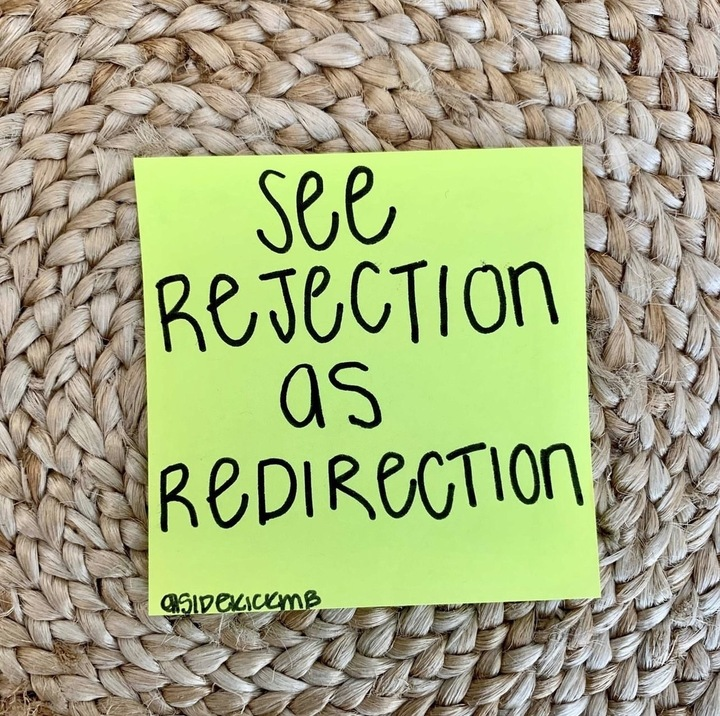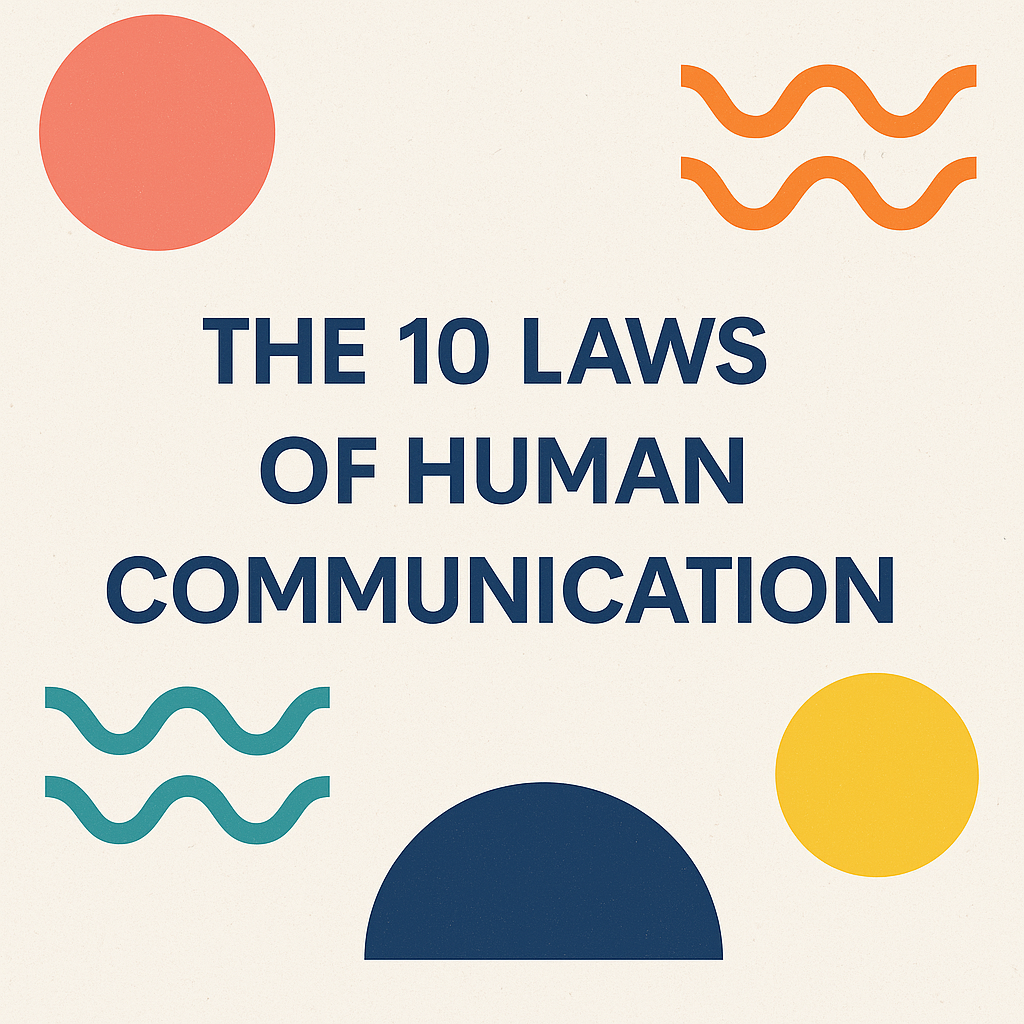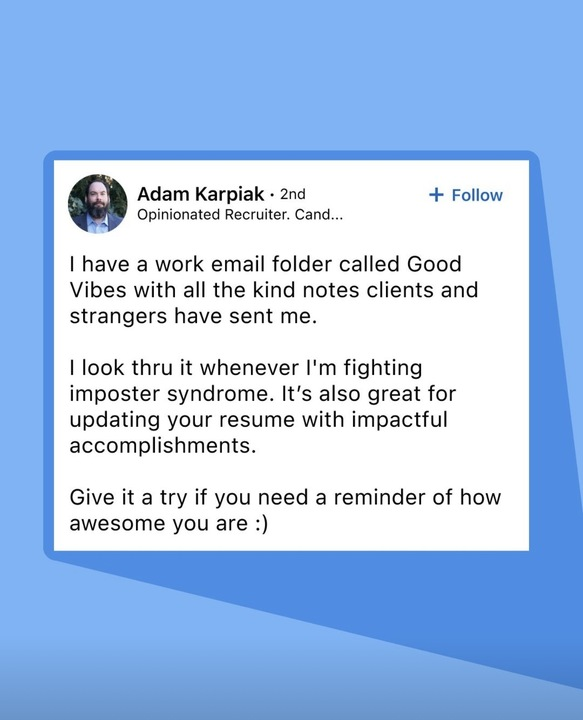Category: Business Development
If you’ve ever thought about hiring a business coach, you know how overwhelming it can be. The coaching space is crowded and noisy, especially online—everyone promises results, but it’s hard to know who’s legit, who’s a fit, and who can truly help you move forward. As someone who has hired business coaches and also provides coaching, I want to share what I’ve learned to help you make a smart, intentional choice—especially as a creative.
First: Get Clear on What You Need
Before hiring anyone, you’ve got to define what you’re looking for. What are the specific challenges you’re facing? What’s the outcome you’re hoping for? You don’t need to have all the answers—that’s what coaching can help with—but you do need clarity on the kind of support you’re seeking. If you can’t name what you need, it’s hard for anyone to deliver it.
Understand the Difference: Coaching vs. Consulting
This is big. Coaching and consulting are not the same thing.
- Coaching pulls answers out of you. It’s exploratory. Coaches create space for you to reflect, make decisions, and discover strategies on your own.
- Consulting is more directive. Consultants use their expertise to give you concrete advice, plans, and tools to move forward.
Both are valuable, but they serve different purposes. Know which one you need before you hire.
Do the Research
Once you know what you’re looking for, ask around. Tap into your network. Search online. Get multiple options so you can compare and assess. Just like any big decision, you need context.
When looking at potential coaches:
- Do they specialize in working with people like you?
- Do they understand your field, your goals, your values?
- Is their approach specific or vague?
- Are their offerings clearly defined?
Look for testimonials, social media presence, past work, and details about how they work. The clearer their process, the better. A coach should be able to explain what working with them looks like from start to finish.
Set Up a Call
Before committing, schedule a 1:1 conversation. Share your goals. Ask them to walk through their process, timeline, and payment terms. Get a feel for who they are—do they care? Do you click?
That human connection is essential. You want someone in your corner, who genuinely wants to help you win.
Also ask:
- How many clients are they working with now?
- Do they have time and space to support you?
- What times do they usually meet?
If they don’t already offer it, request to speak with a past client. Hearing directly from someone they’ve worked with can give you critical insight.
Price: What You Pay vs. What You Get
Cheaper isn’t always better. In fact, it rarely is. Coaches charging below market rates often need more clients to sustain themselves, which can mean less time and attention for you. Higher pricing often reflects experience, capacity, and the kind of care you’ll receive.
That said, make sure the price is justified by the value—ask questions, get clarity, and assess for yourself.
Coaching Works
A great coach can be a game changer. They’re part cheerleader, part strategist, part accountability partner. But it only works if you do the work—both before and during the engagement.
If you’re curious about coaching, 3pts offers it as part of our membership. And if we’re not the right fit, I’m happy to refer you to others or help you vet someone you’re considering.
You don’t have to do this alone—but choosing the right partner matters.
If in doubt, do something.
I don’t care what it is. Draw, connect, walk.
Motion leads to more motion.
When you’re in motion, the right insights and solutions flood your mind.
Via Alex Mathers
You signed up for a market or trade show—now what?
You’ve locked in your spot, paid the booth fee, and maybe even started planning your setup. Whether it’s a local pop-up, a big craft fair, or a design trade show, one thing’s for sure: you want it to be worth it.
For artists, makers, and designers, these events are incredible opportunities to connect with customers, build your brand, and generate income. But they also take a lot of work—and without a clear plan, it’s easy to walk away feeling like you didn’t quite make the most of it.
That’s why we created Boost Your Marketplace Sales, a workshop series we teach through Made in NYC. Over the years, we’ve worked with dozens of creatives to help them approach markets and trade shows more strategically—and with more confidence.
Below is a collection of tried-and-true tactics sourced from our students, collaborators, and market experts. These are real, actionable strategies to help you win before, during, and after your next in-person sales opportunity.
🛠 Before Your Market or Trade Show
Talk to Organizers and Sellers
Reach out to the event organizers or market administrators—they’re often happy to share advice on what sells well, how foot traffic flows, and what you can expect. If possible, connect with past or current vendors to get the inside scoop. Ask them what’s worked (and what hasn’t), what to bring, and what they wish they had known ahead of time. These conversations can save you time, help you prepare better, and ease your nerves.
Practice Your Setup
Do a full mock-up of your booth at home or in your studio. Invite a friend to “shop” it and give feedback. Make adjustments based on what they pick up—or overlook.
Keep It Curated
Less is more. Avoid overwhelming people with too many options. Focus on a tight product selection, showcase a few price points, and build a clear visual story.
Plan Your Pitch
Craft a simple, confident elevator pitch that tells people who you are, what you make, and why it matters. Practice saying it until it flows naturally.
Promote Your Presence
Let people know you’ll be there! Share behind-the-scenes prep, feature a spotlight product, and collaborate with other vendors or the show organizer to build buzz.
🎪 During the Market or Trade Show
Set Yourself Up for Success
Arrive early, give yourself time to settle in, and have your essentials on hand—snacks, water, chargers, etc. Set an intention for the day to stay grounded.
Create a Welcoming Vibe
Say hi. Smile. Use “Welcome” instead of “How are you?” It invites people in without pressure. Be approachable and ready to chat—without being pushy.
Optimize Your Display
Make prices clear. Show your product in use or context. Highlight bestsellers. Add a takeaway item like a card, postcard, or small giveaway to stay top of mind.
Capture the Moment
Snap photos and video throughout the day. Show your setup, your customers, and the energy of the event. Tag everyone involved to create community and visibility.
Engage Your Audience
Ask questions, gather feedback, and track what people respond to. Every interaction is a chance to learn and build a relationship.
Stand Out With a Twist
Consider a small activation—live demos, styling tips, or music—that reflects your personality and brand. Make your booth a memorable experience.
✍️ After the Market or Trade Show
Review Your Results
Did you hit your sales goal? What worked? What didn’t? Take stock while it’s fresh and use what you learn to level up for next time.
Follow Up With Gratitude
Send thank-you emails to people who purchased or signed up for your list. Include a short note about your practice and links to your site/socials.
Keep the Momentum Going
Post a recap with photos, shoutouts, and reflections. Tag fellow vendors and organizers. It keeps your work visible and builds goodwill.
Stay Connected
Segment your new email contacts and follow up with tailored updates or product news. Don’t let the connection fade after the event ends.
✅ Make it Count
Markets and trade shows are more than sales opportunities—they’re powerful platforms to tell your story, build relationships, and grow your business. Show up with a plan, stay open to feedback, and treat every conversation like a chance to learn something new. You’ve got this.
Want to go deeper? Subscribe to our newsletter to be the first to know when our next “Boost Your Marketplace Sales” workshop opens.

Far too often we measure success by the size of our social following and unfairly compare our business to others. Having a smaller following is nothing to feel bad about because it’s not a true measure of business success. Here’s eight reasons why you don’t need a big following to achieve your goals.
1️⃣ It’s not about how many people follow you, it’s about having the right people follow you. The people who value, engage with your brand and most importantly, buy.
2️⃣ You can reach people where they’re at. A comment on a popular page where your audience exists will often reach more people than an organic post from your page.
3️⃣ Having followers is not a business! A big following doesn’t mean a brand is actually making money or achieving its business goals.
4️⃣ With a small engaged audience, it’s easier to create meaningful connections that provide value for all parties involved.
5️⃣ Social media is a tool to accomplish your business objectives, not the reason you went into business.
6️⃣ Followers, engagement and views are vanity metrics. They only matter with helping you assess your marketing in support of meaningful business metrics.
7️⃣ When you spend time obsessing over the audience you don’t have, you miss the opportunity to serve/build on the audience you do have.
8️⃣ “Success” at social media is no longer about “followers.” It’s about creating valuable content for a niche audience. Today’s algorithms are based on a “media” graph and no longer a “follower” graph. This means you can have few followers but reach thousands of people (if your content is good).
Bonus: Email contacts > social media followers. You’ll always make more money from a qualified email list (even if it’s small) in comparison to a big social following.
Rejection can feel like a door slamming shut, but more often than not, it’s actually pointing you toward a different path—one that might be even better aligned with your values, your work, and your goals. At 3pts, we’ve seen time and time again that what feels like a setback is often just a nudge to recalibrate. Maybe it’s an invitation to refine your approach, explore a new audience, or double down on your unique approach. Whatever the case, rejection isn’t the end. It’s information. It’s redirection. And it just might be the reason you find a way that works even better.
THE 10 LAWS OF HUMAN COMMUNICATION
(source: Hugh Mackay, 1998)
- It’s not what the message does to the listener, but what the listener does with our message that determines our success as communicators.
- Listeners generally interpret messages in a way which makes them feel comfortable and secure.
- When people’s attitudes are attacked head-on, they are likely to defend those attitudes, and in the process reinforce them.
- People pay most attention to messages which are relevant to their own circumstances and points of view.
- People who feel insecure in a relationship are unlikely to be good listeners.
- People are more likely to listen to us if we also listen to them.
- People are more likely to change in response to a combination of new experience and communication than in response to communication alone.
- People are more likely to support a change which affects them if they are consulted before the change is made.
- The message in what is said will be interpreted with respect to the how, when, where and by whom it is said.
- Lack of self-knowledge and an unwillingness to resolve our own internal conflicts makes it harder to communicate with other people
When it comes to building a sustainable business, email marketing isn’t just better than social media—it’s not even close. If you’re serious about growing your business, here are six reasons why email should be your top priority.
1. No Middleman Blocking Your Reach
Unlike social media platforms that limit your reach with algorithms, email puts you in direct contact with your audience. No guessing games, no hoping the algorithm works in your favor—just direct access to the people who want to hear from you.
2. You Own Your Data
Your email list is yours. Unlike social media followers who can disappear overnight if a platform changes its rules, email subscribers stay with you. You control the relationship, and you get access to valuable insights that help you sell more effectively.
3. Precision Targeting & Personalization
With email, you can segment your audience, personalize your messaging, and target the right people at the right time. Social media can’t match this level of customization, making email a more powerful tool for driving engagement and conversions.
4. Email Subscribers Are Ready to Buy
People sign up for email lists because they want to hear from you. Unlike social media, where people are scrolling mindlessly, email subscribers are more engaged and more likely to purchase—making it a direct path to higher sales.
5. Automation Works While You Sleep
Your social media posts need constant attention, but email automation keeps working for you 24/7. Welcome emails, upsells, abandoned cart sequences—these automated workflows keep your business running without you having to be on all the time.
6. Builds Stronger Customer Relationships
Email fosters trust in a way that social media can’t. It allows for deeper storytelling, more direct communication, and a consistent brand experience that strengthens your connection with your audience over time.
The Bottom Line
Social media has its place, but email is where the real business growth happens. Less work, more impact, and a direct line to your customers—what’s not to love? If you haven’t prioritized email marketing yet, now’s the time to start.











